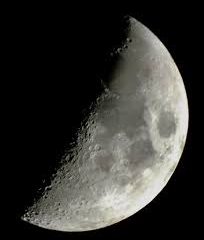The Fascinating World of Blood Moons

Introduction to the Blood Moon
The blood moon, a captivating astronomical event, occurs during a total lunar eclipse when the Earth passes between the sun and the moon. This alignment causes the Earth’s shadow to cast over the moon, resulting in a striking reddish hue. The fascination surrounding blood moons is not only due to their rarity but also their historical significance in various cultures.
Recent Blood Moon Events
On November 8, 2022, a total lunar eclipse produced a notable blood moon, marking it as one of the longest lunar eclipses in the decade. This event saw millions of people across the globe gazing skyward in awe as the moon transformed from its usual silvery sheen to a deep crimson. The next anticipated blood moon will occur on May 26, 2028, promising another chance for enthusiasts and stargazers alike to witness this breathtaking spectacle.
Understanding the Science Behind the Blood Moon
The unique colour of the blood moon arises from Rayleigh scattering, the same phenomenon that causes sunsets to be red. When the Earth’s atmosphere scatters sunlight, the shorter blue wavelengths are dispersed and the longer red wavelengths pass through, casting the reddish glow on the moon.
Mythology and Cultural Significance
Throughout history, blood moons have been woven into the mythology and folklore of numerous cultures. For some, they have been seen as ominous signs, predicting events of great significance or cataclysm. In ancient times, the occurrence of a blood moon could prompt rituals or warnings. However, modern science has demystified these celestial events, viewing them through the lens of astronomy rather than superstition.
Conclusion: The Significance of Blood Moons
As we look forward to upcoming blood moon events, they continue to inspire wonder and curiosity. The interplay of natural forces that leads to this phenomenon serves as a reminder of our connection to the cosmos. In an age where such events can be easily predicted and explained, they remain a source of excitement for astronomers and casual observers alike. Each blood moon not only represents a moment of beauty in our skies but also an opportunity to engage with the science of our universe, enhancing our appreciation of the natural world.








